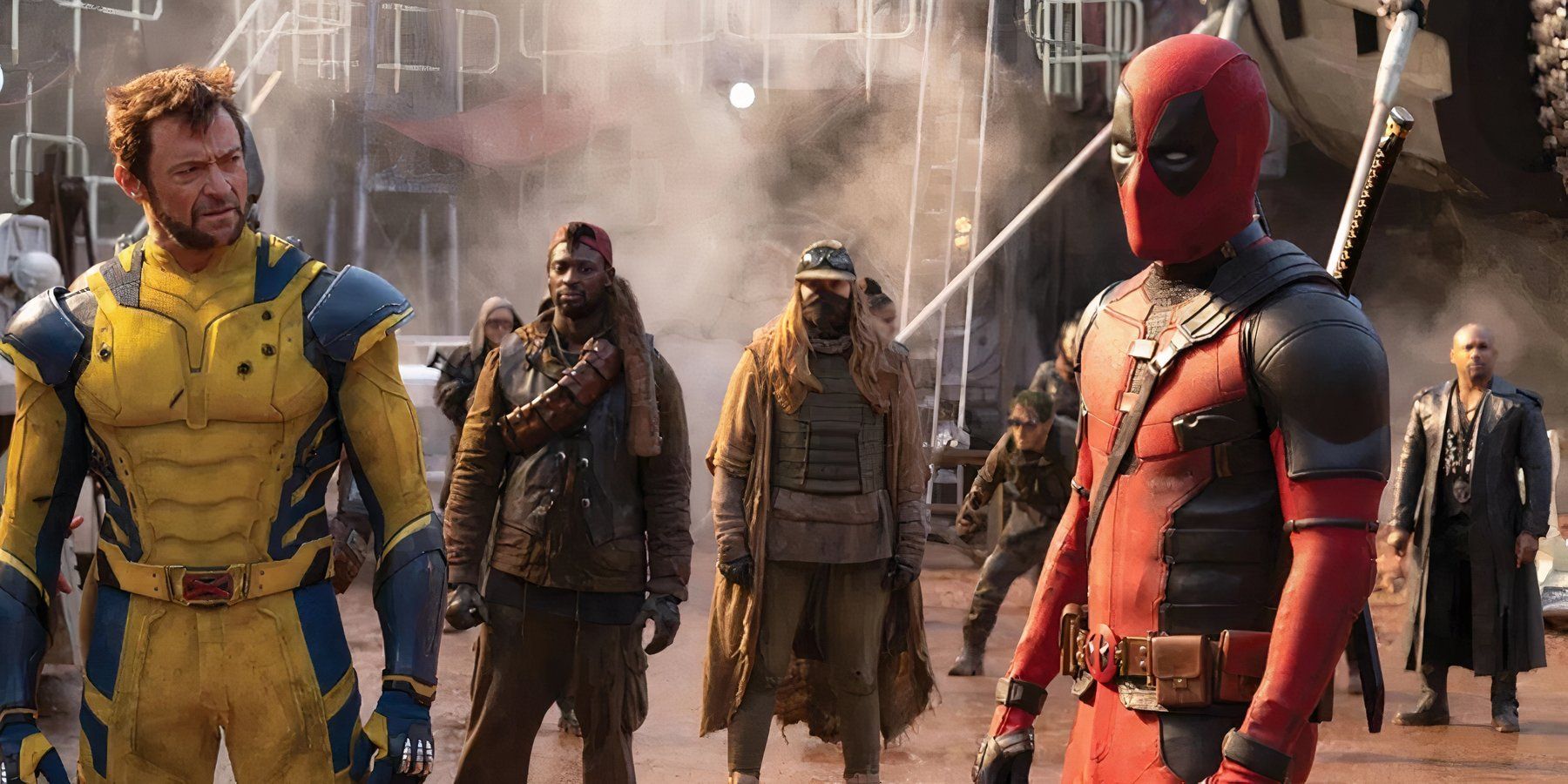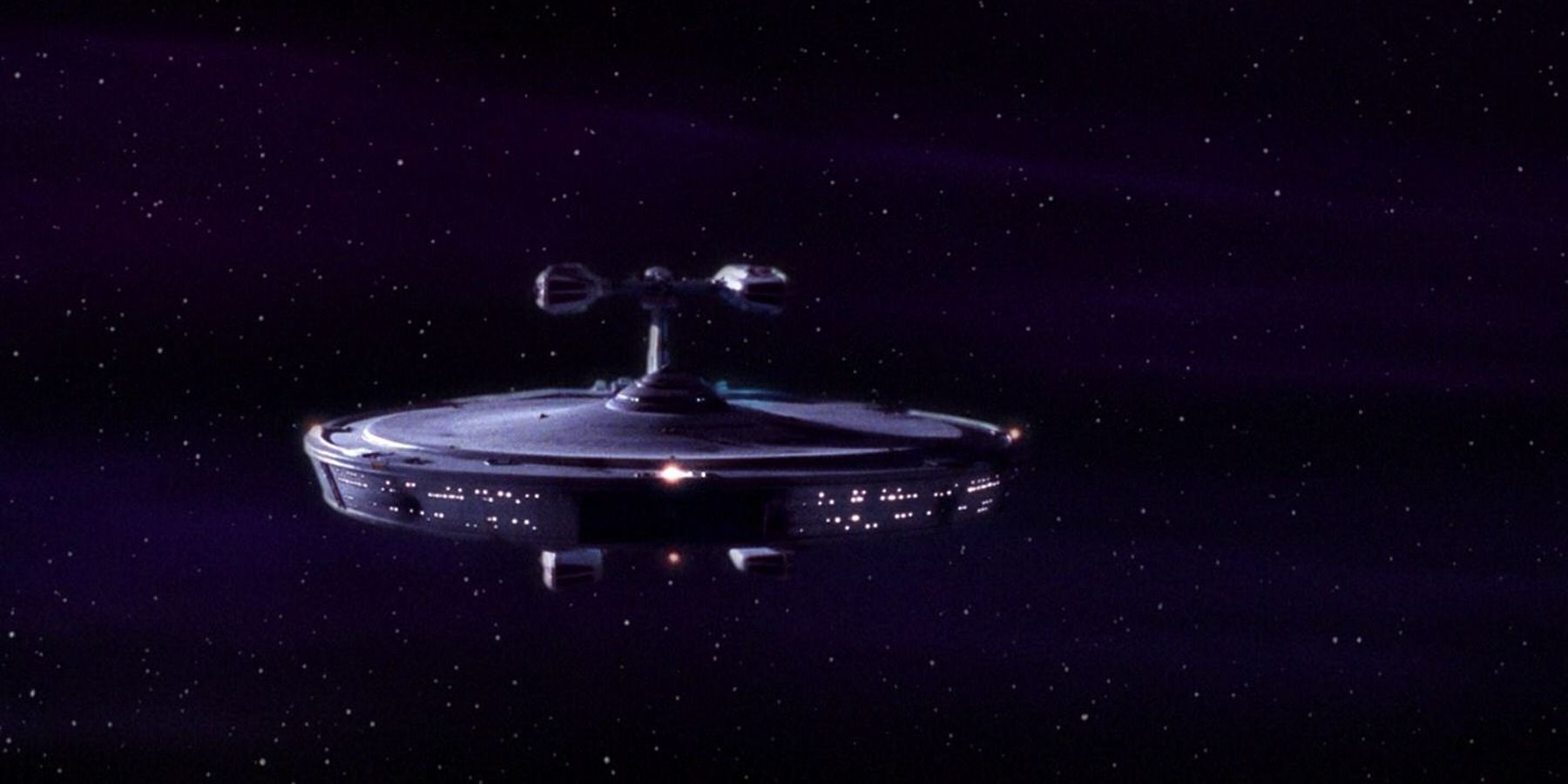Highlights
- The Picard Maneuver was a brilliant tactical strategy developed by Captain Jean-Luc Picard during the Battle of Maxia in 2355.
- The maneuver involved creating the illusion of being in two places at once, confusing the enemy's targeting systems and allowing for a devastating attack.
- Despite later episodes providing a defense against the maneuver, the legacy of Captain Picard and his tactical brilliance remains celebrated in the Star Trek universe.
Captain Jean-Luc Picard has made a lasting mark in Star Trek not only as a distinguished Starfleet officer, but also as the mastermind behind a brilliant tactical maneuver known as the "Picard Maneuver." This ingenious strategy was first executed during the Battle of Maxia in 2355, when Picard captained the USS Stargazer.
In a moment of desperation, the Stargazer employed a clever ruse that would forever alter the dynamics of interstellar warfare. The maneuver effectively fooled an attacking vessel by creating the illusion of being in two places at once. It proved to be a game-changer for Starfleet's tactical playbook. Emerging from the crucible of conflict, the Picard Maneuver became a cornerstone of strategic brilliance, solidifying its place in the legacy of Captain Picard and the Star Trek universe.
What is the Picard Maneuver?
The Picard Maneuver came into existence during a dire moment in the Battle of Maxia. The USS Stargazer, commanded by Captain Jean-Luc Picard, found itself damaged and under attack by an unfamiliar vessel. In this precarious situation, Captain Picard ordered a maneuver that would later become a part of Starfleet legend. The Stargazer, damaged and under intense fire, suddenly accelerated into high warp toward the Ferengi ship.
This seemingly reckless maneuver had a brilliant purpose. The sudden warp jump caused the Stargazer to momentarily appear in two locations at once on the Ferengi ship's sensors. As data from the moved Stargazer reached the Ferengi ship's sensors, data from its previous position was still arriving, creating a confusing and rapidly shifting image. The Ferengi ship's targeting systems were thrown into chaos as they struggled to determine the correct position of the Stargazer. In the chaos, they targeted the wrong vessel. Before they could react, the Stargazer unleashed phasers and photon torpedoes upon them. The Ferengi ship was obliterated.
The audacious and effective nature of this tactic earned it the name "Picard Maneuver" in honor of Captain Picard's brilliant thinking. At that time, there was no known defense against this maneuver, making it a powerful weapon in Starfleet's tactical arsenal.
The Picard Maneuver in TNG: 'The Battle'
Title | Star Trek: The Next Generation, "The Battle" |
|---|---|
Episode no. | Season 1, Episode 9 |
Director | Rob Bowman |
Writer | Larry Forrester |
Original air date | November 16, 1987 |
The Picard Maneuver is renowned for being employed in two significant instances, both executed by Captain Jean-Luc Picard. The first took place in the aforementioned Battle of Maxia in 2355, earning the Stargazer victory against the enemy Ferengi ship. However, this heroic act came at a great cost. Captain Picard had to abandon his beloved ship, and he subsequently faced a court-martial for his unorthodox actions.
Nearly a decade later, in the Star Trek: The Next Generation episode "The Battle," Captain Picard was once again compelled to employ the Picard Maneuver. This time, he believed the USS Enterprise-D to be an attacking Ferengi starship due to manipulation by DaiMon Bok's thought makers. This Ferengi enemy had employed technology to affect his opponents' minds. In his altered state, Picard executed the maneuver to attack what he thought was the enemy, but was in fact a Starfleet vessel. However, this time, Lieutenant Commander Data managed to devise a defense against the Picard Maneuver.
Data's defense involved scanning for gaseous compression. He theorized that even in deep space, trace gases would be present. Active scanning close to the ship that had just executed the Picard Maneuver could indicate the vessel's true location, even if the sensors were confused. This allowed the USS Enterprise-D to employ its formidable tractor beam to safely halt the older Constellation-class Stargazer without having to resort to offensive measures.
In that very episode, Captain Picard would go on to eloquently describe the maneuver in a manner befitting its brilliance:
It was a ‘save our skins’ maneuver.
Captain Picard's ingenuity in developing the Picard Maneuver didn't go unnoticed, even if he faced consequences for it at first. For his pivotal contribution to Starfleet's tactical repertoire, he was awarded the prestigious Grankite Order of Tactics, Class of Excellence. As one of the most iconic moments in Star Trek history, this maneuver showcases the creative problem-solving that defines the Gene Roddenberry universe. Though later episodes provided a defense against the maneuver, it doesn't diminish the brilliance of Picard's tactical innovation. The Picard Maneuver continues to be celebrated by Trekkies and serves as a reminder of the unparalleled ingenuity that defines the franchise.
With its intricate history and strategic significance, the Picard Maneuver illustrates the complexities of interstellar conflict and the ingenuity that arises in the face of adversity. As the legacy of Captain Picard endures, so does the profound impact of this iconic tactical feat, forever etched in the narrative tapestry of Star Trek's rich and dynamic universe.






